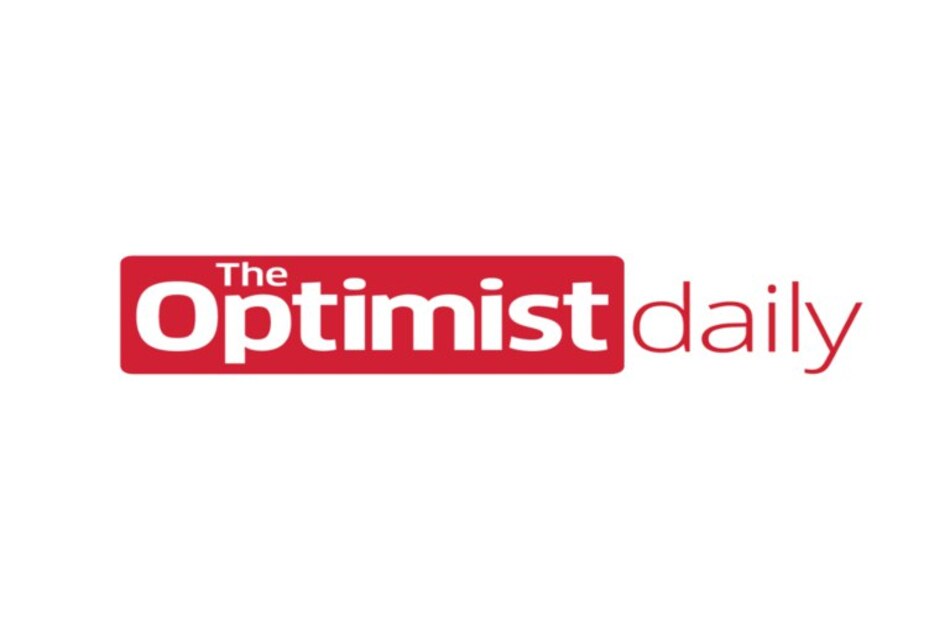Federal student aid, including the Pell grant, is a valuable resource for students pursuing higher education, but since 1994, these funds have been unavailable to incarcerated individuals. Last month, the federal government finally lifted the ban on federal student aid for incarcerated individuals, opening up new avenues of support to reduce recidivism rates.
The lifted ban is part of the $1.4 trillion government pandemic stimulus package for 2021 and reflects a long push for prison reform which encourages rehabilitation and lowered incarceration rates.
The effect of education on lowered recidivism is well documented with educational programs lowering the rate that people re-offend by 43 percent. According to Andrea Cantora, the director of a prison college program at The University of Baltimore, every dollar spent on prison education saves American taxpayers 5 dollars in reincarceration costs.
The beneficial effects of opening up federal aid, like Pell grants, to incarcerated individuals have been well researched. A program called “Second Chance Pell” started in 2015, allowed 67 universities to enroll incarcerated students using Pell grants on a trial basis. Over 17,000 students participated and 4,450 credentials have been awarded. In 2020, the program was expanded and helped influence the lifted ban on aid for all incarcerated individuals.
Beyond just saving taxpayers money, educational opportunities for incarcerated individuals also boost their job prospects after release, cultivate a sense of community belonging, and even increase the chances that the children of these individuals will pursue higher education.
Back in December, we shared a story about Pitzer’s new bachelor’s program for incarcerated individuals. This lifted ban means that many more incarcerated individuals will be able to pursue similar opportunities. Based on government guidelines, 64 percent of people in state and federal prisons are eligible for federal student aid. Access to federal student aid will empower these individuals to further their education in prison and after release.
This story is part of our ‘Best of 2021’ series highlighting our top solutions from the year. Today we’re featuring education solutions.












